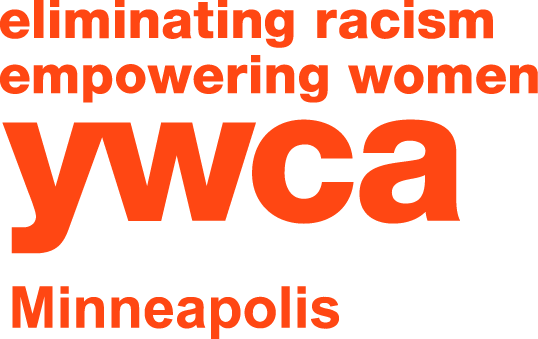What Is Intersectionality?
Intersectionality is a term that was first coined by scholar and civil rights activist Kimberlé Crenshaw to describe the way that all of us live with multiple identities at the same time and may experience oppression on multiple levels. Each one of us can identify with a race, ethnicity, gender, sexuality, ability, class, religion and age, among other identifying factors. For any of these identities, we may be in the dominant group or a marginalized group.
The Unique Experience of Black Women
When Crenshaw first wrote about the theory of intersectionality, she was writing about Black women. People at the intersection of these two identities experience oppression because they are Black, and because they are women. That doesn’t mean that the number of oppressive forces a Black woman faces is twice as high as the number a Black man faces. Oppression is actually compounded for people at the intersection of multiple marginalized identities.
Oppression is actually compounded for people at the intersection of multiple marginalized identities.
The Example of Voting Rights through History
To see how this works, let’s look at the history of voting in the United States. During the post-Civil War Reconstruction era, the right to vote was extended to people who had been enslaved — but only men. So, when the 15th Amendment was ratified in an effort to extend civil rights to Black people, the only people considered were men. (Of course, widespread racial violence kept those men from the polls all the way through the civil rights movement of the 1960s, and echoes of those efforts are still present today.)
The Compounding Effect
Years later, when suffragists fought for women’s right to vote, they focused their efforts on white women instead of fighting for all women. In both movements, Black women were left on the sidelines. This is the compounding effect. Systems of power were upheld to work against Black women, even within the groups that could have advocated for them.
Systems of power were upheld to work against Black women, even within the groups that could have advocated for them.
Understanding How Power Dynamics Work Together
Intersectionality is about understanding how power dynamics work together. For example, to understand the specific experiences of a gay man with a physical disability, you need to understand: 1) systems of power that prioritize heterosexual people over LGBTQ+ people; 2) systems of power that prioritize men over women and non-binary people; and 3) systems of power that prioritize nondisabled people over anyone with a disability. That’s not to mention the systems related to that man’s other identities. All of these work together to create complex dynamics of oppression and privilege.
All of these work together to create complex dynamics of oppression and privilege.
Intersectionality is Vital
More and more, intersectionality is seen as a vital, central part of social justice work. When we learn to see the world through the lens of intersectionality, and when we have compassion for the specific experiences of individuals, we can ensure that our movements for justice bring us all forward.Learn More about YWCA Racial Justice and Public PolicyLearn More about the Intersectionality 101 Workshop
